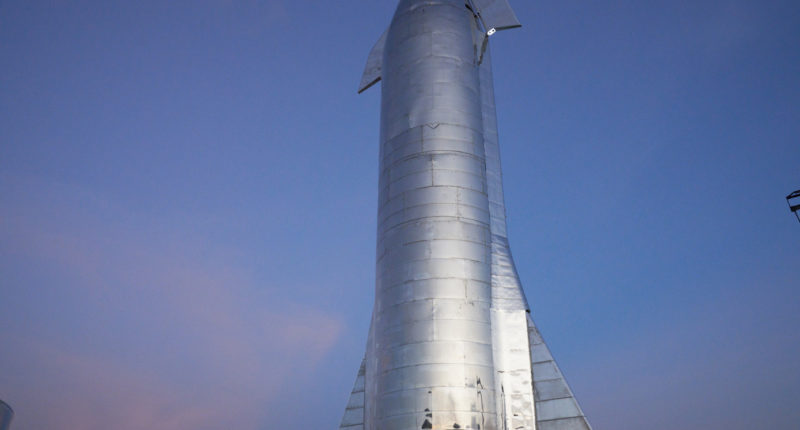It seems Elon Musk’s Starship dreams are still quite some time away. SpaceX, the ambitious private space company that he runs, once again did a prototype rocket launch for Starship. However, as has been the case previously, the Starship SN9 prototype that took off from its Boca Chica, Texas flight facility, exploded upon landing. While it went up six miles in the air as planned, the descent was not as graceful as the flight ended in a spectacular explosion when the rocket descended with too much speed.
The SN9 was the ninth in its current series of prototype rockets. While the rocket successfully went up six miles in the air, the spacecraft hovered momentarily in midair about six minutes and 21 seconds into its flight, shut off its engines, and executed a planned “belly-flop” maneuver to descend nose-down under aerodynamic control back toward Earth. The descent didn’t go as planned as the unpiloted test flight ended with a spectacular explosion.
This event mirrored the accident that destroyed SpaceX’s previous test rocket on December 9, 2020, the Starship SN8. Both were test models of the heavy-lift rocket being developed by Elon Musk to carry humans and cargo to the moon and neighboring planet Mars. The SN9 was a self-guided, 16-story-tall rocket that was launched smoothly, and the engines shut down as planned as the rocket gained altitude. The third engine shut down after four-and-a half-minutes into its flight, and the Starship tilted over on its side, using big fins at nose and tail to help maintain orientation during the long plunge back to Earth for a tail-first landing, as planned.
Trouble started after the landing sequence was given and at least one engine restarted and the Starship tried to flip back to vertical. One of the thrusters failed to re-ignite, and the Starship SN9 ended in a ball of fire, propellant, and debris, exactly 6 minutes and 26 seconds after launch. The SN9 was powered by three methane-burning Raptor engines. Another Starship prototype, the SN10, was mounted nearby and suffered no apparent damage from SN9’s explosion.
The Federal Aviation Administration announced that it will investigate the crash landing of the Starship. Earlier, the FAA had reportedly not granted clearance pending additional review, but the issue was solved before the Starship started its flight.
A SpaceX commentator said the rocket’s flight to its test altitude, along with most of the ship’s re-entry, “looked very good and stable like we saw last December.” “We just have to work on that landing a little bit,” the commentator said. “This is a test flight, the second time we’ve flown Starship in this configuration.”
He added that SpaceX engineers would do their best to determine the cause and that SpaceX would be “back with another Starship in the near future.”
